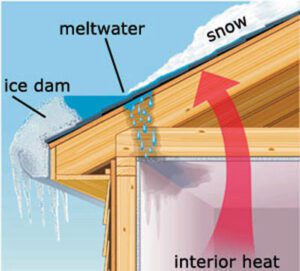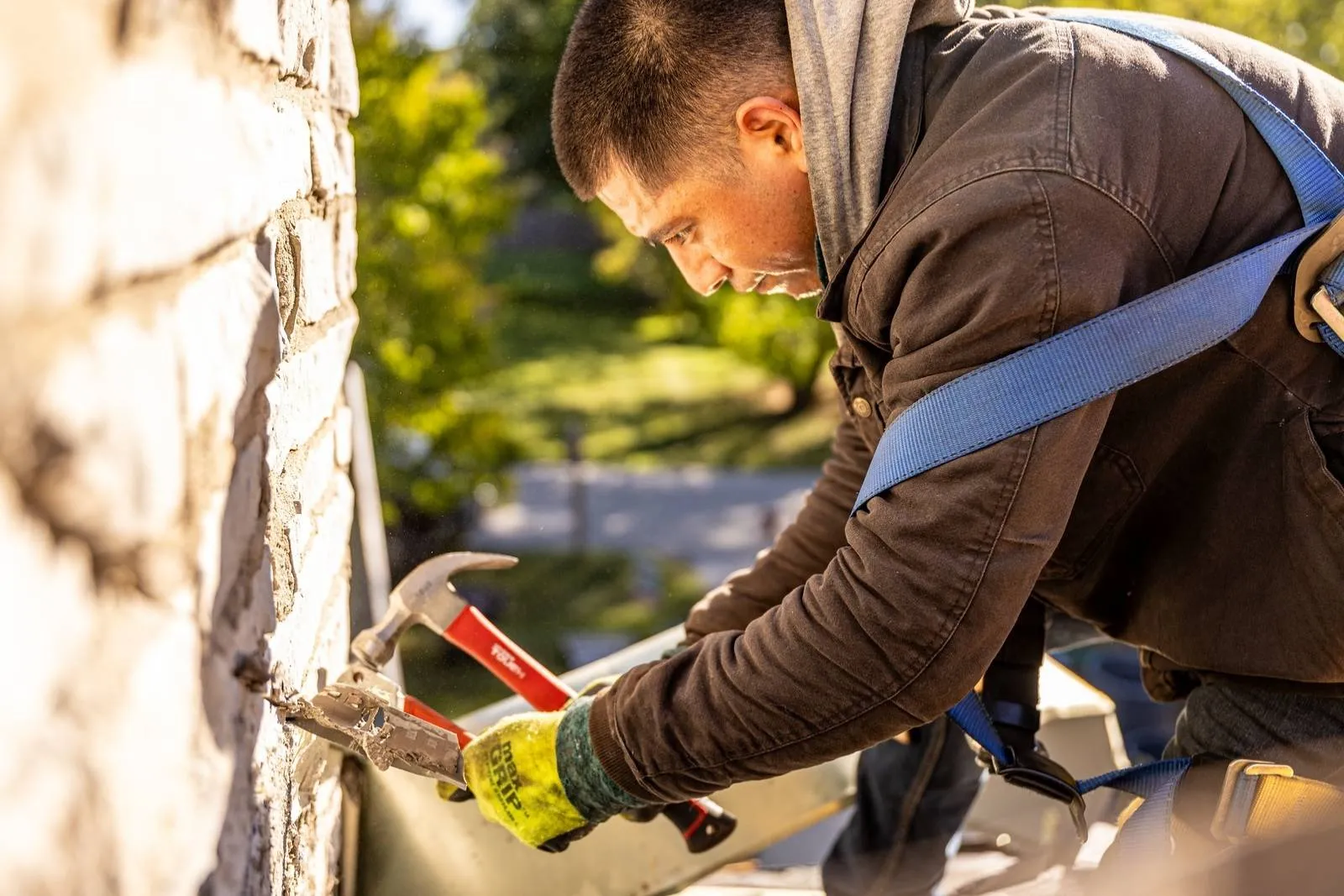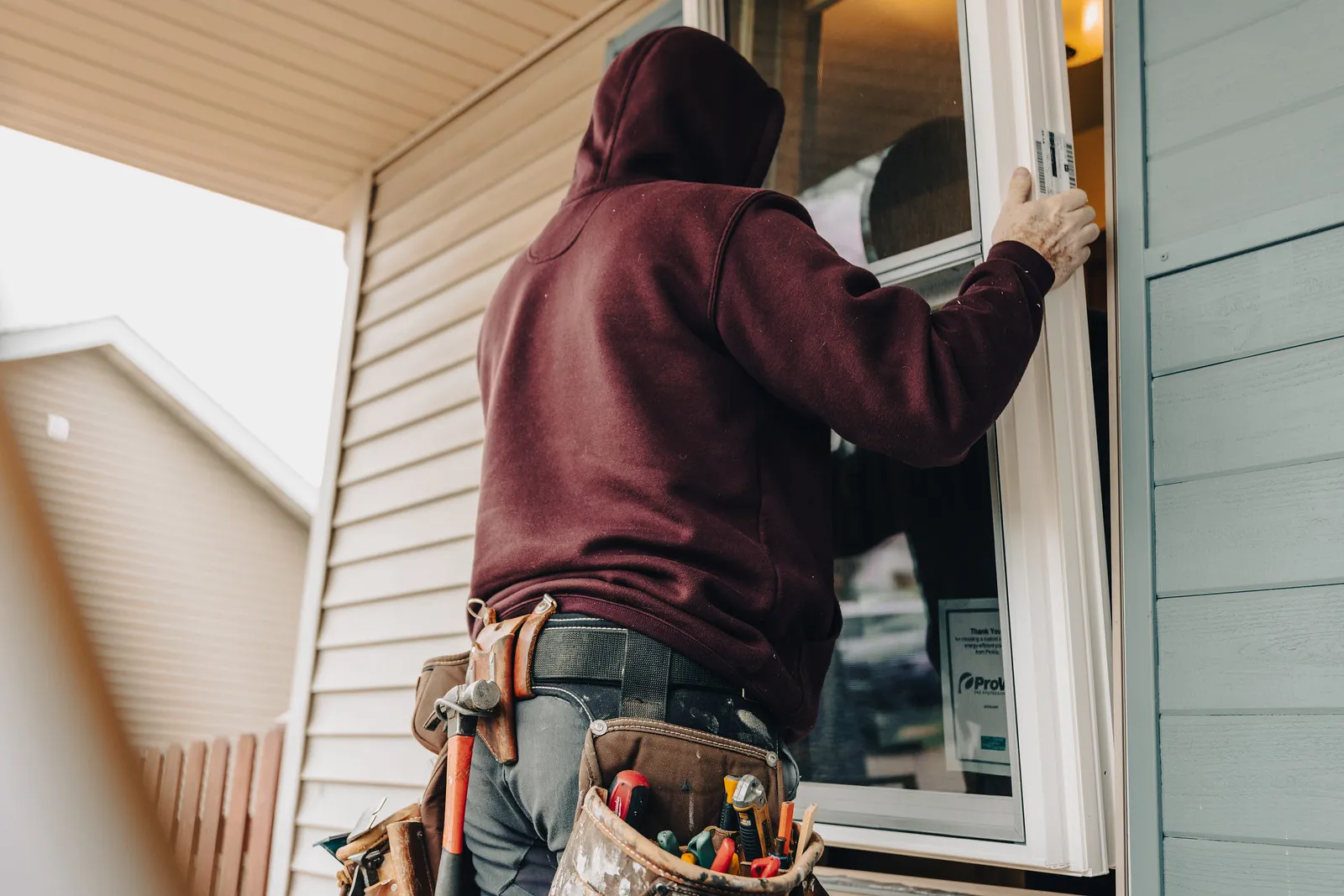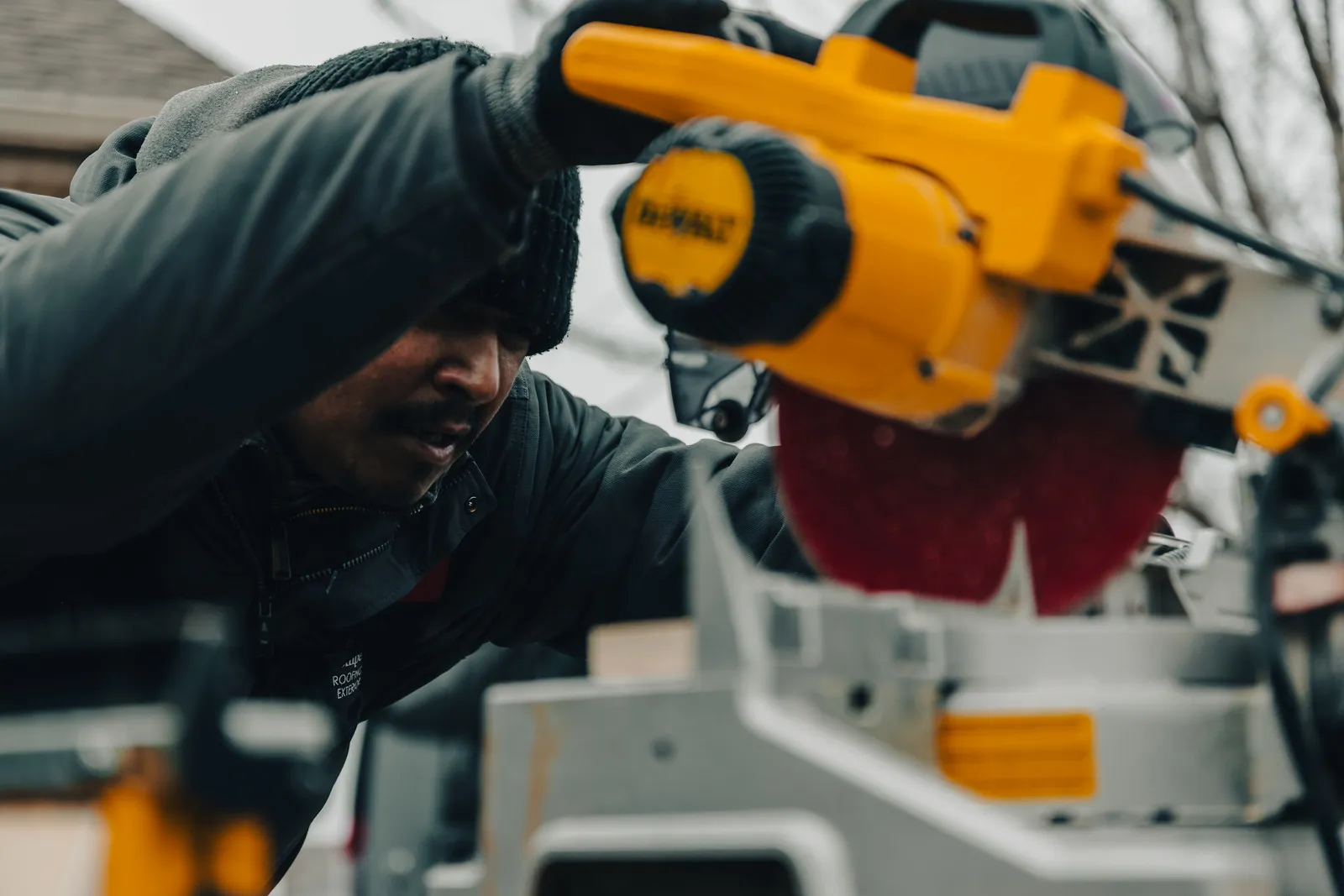Important Steps to Take to Prevent Damage From Ice Dams This Winter
Here in the greater Milwaukee area, we’re no strangers to snow and ice. While they make for picturesque winter scenes, they can also pose serious risks to your home—especially when it comes to ice dams. These thick ridges of ice can damage your gutters, compromise your roof, and even lead to leaks inside your home.
We always recommend preparing your roof in the fall, but we understand that life gets busy. The good news is, if ice dams lead to roof damage, Semper Fi Roofing & Exteriors is here to help with expert repairs and solutions to keep your home protected.
How Ice Dams Form on Your Roof
Before we talk about prevention methods, it’s helpful to know how ice dams form and why they’re dangerous. When snow falls and lands on your roof, the heat escaping from your attic will start to melt the layer closest to the roof.
That melted snow will then flow down the slope of your roof. Once it gets to the edge, where there’s no more escaping heat, it will then refreeze, forming a thick icy edge next to your gutters. Why is this cause for concern? Well, ice is heavy. When it sits on the edge of your roof, that extra weight can pull your gutters away from your home.
Beyond that, as the snow melts, it can make its way through the under-layers of your roof, leading to water damage that can eventually make its way into your home.

How to Prevent Ice Dams and Damage to Your Home
Now that you know more about how ice dams form, here are four steps you can take to prevent them from forming, stopping damage before it has a chance to start.
1. Insulation
One of the most effective ways to prevent ice dams is by adding insulation to the inside surface of your roof. By adding extra insulation, you’ll reduce the amount of heat emanating from your attic, so when snow sits on your roof, it will be less likely to melt.
You’ll also want to seal the air channels in the living space below the attic when adding insulation. Sealing these gaps can cut off heat flow into your attic, preventing ice dams in the process. As a bonus, this extra insulation will also improve your home’s energy efficiency!
2. Elimination of Attic Heat Sources
Another step you can take is eliminating heat sources in your attic. Oftentimes, this means replacing old recessed lights along the floor of your attic. These older lights can often radiate a surprising amount of heat into your attic. This heat then escapes and starts the ice dam formation process.
By replacing these old lights with newer, more energy-efficient ones, you’ll eliminate this excess heat source from your attic, preventing ice dams from ever forming.
3. Ventilation
To prevent ice dams, you’ll also want to make sure your attic is well-ventilated. When you circulate cool outside air into your attic, any snow sitting on top of your roof won’t be able to melt. So, while it might seem a bit counter-intuitive, a colder attic is the key to preventing damage from ice dams.
4. Electric Heat Cables
One final step to consider is installing electric heat cables along the edge of your roof. This way, when the snow melts on your roof, it won’t be able to refreeze once it falls down to the edge of your roof. Instead, the melted snow will continue to flow off your roof and down onto the ground. Since there’s always a risk when working with electricity and water, we recommend hiring a professional installer for the job instead of attempting it yourself.
If Ice Dams Cause Damage, We’ve Got You Covered
Taking proactive steps to prevent ice dams is the best way to protect your home—but if ice-related damage does occur, Semper Fi Roofing & Exteriors is here to help. From roof repairs to gutter replacements, we’ll restore your home’s exterior and provide solutions to help prevent future issues.
Don’t wait until minor damage becomes a major problem. Contact our team today to schedule an inspection and get a free quote for expert roofing and exterior repairs.







